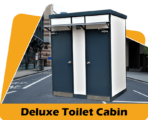How to Create a Construction Budget That Won’t Leave You Crying in a Corner | RumahHQ
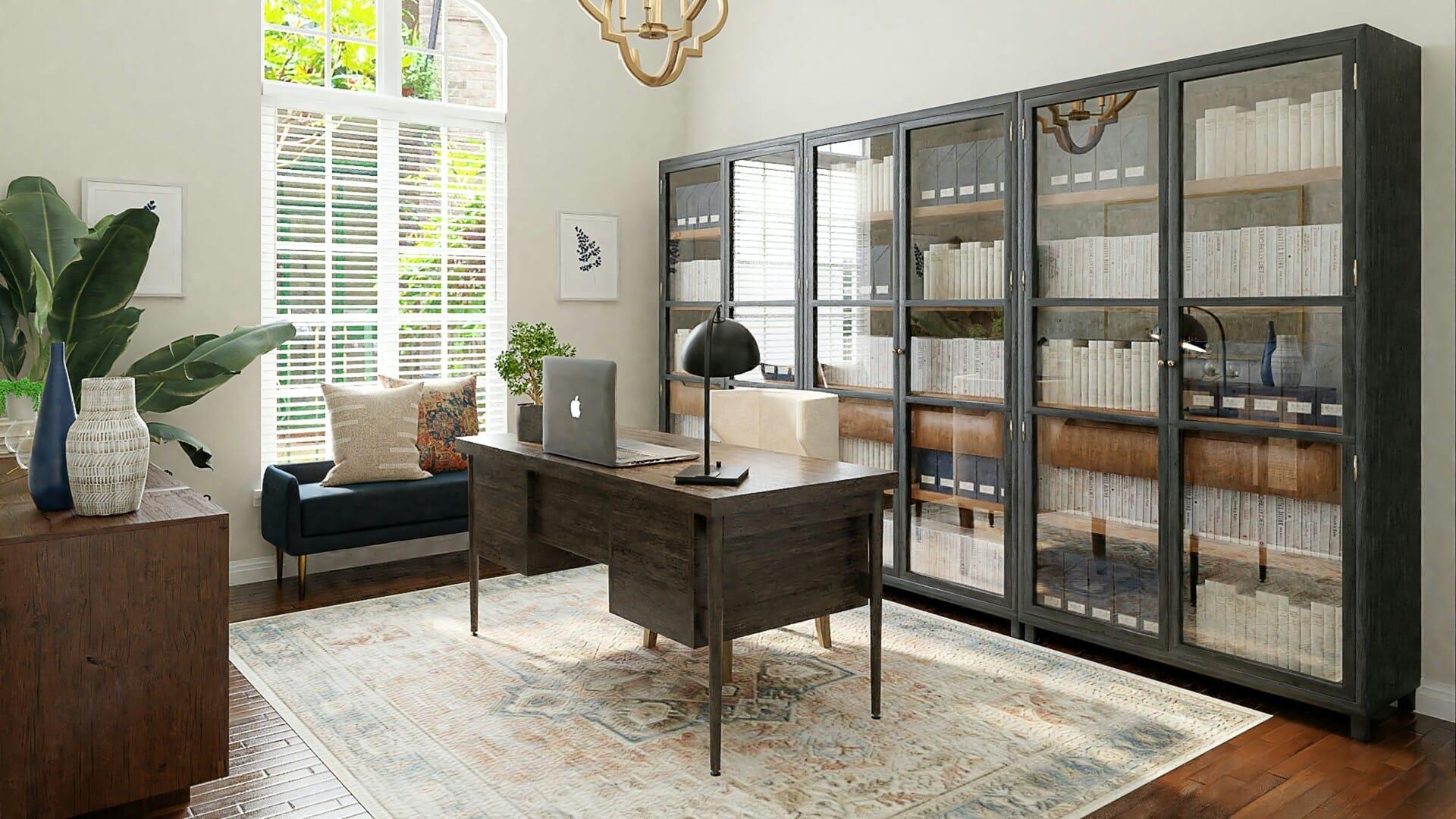
How to Create a Construction Budget That Won’t Leave You Crying in a Corner
So, you’ve got big plans to build or renovate your dream space. Exciting, right? But before you dive headfirst into that whirlwind of design choices and shiny materials, let’s talk about something that often gets left out of the conversation—your construction budget. We all know how easily costs can spiral out of control, leaving you feeling like you just got hit by a monsoon out of nowhere. The last thing you want is to be huddled in the corner, wondering where your hard-earned ringgit went.
In this article, we’re going to walk you through the steps to create a construction budget that’s not just a wish list, but a solid plan that will keep your finances in check. With a little prep work and the right mindset, you can navigate the construction process with confidence and maybe even have a little fun along the way. Let’s get started on building a budget that will leave you smiling instead of crying!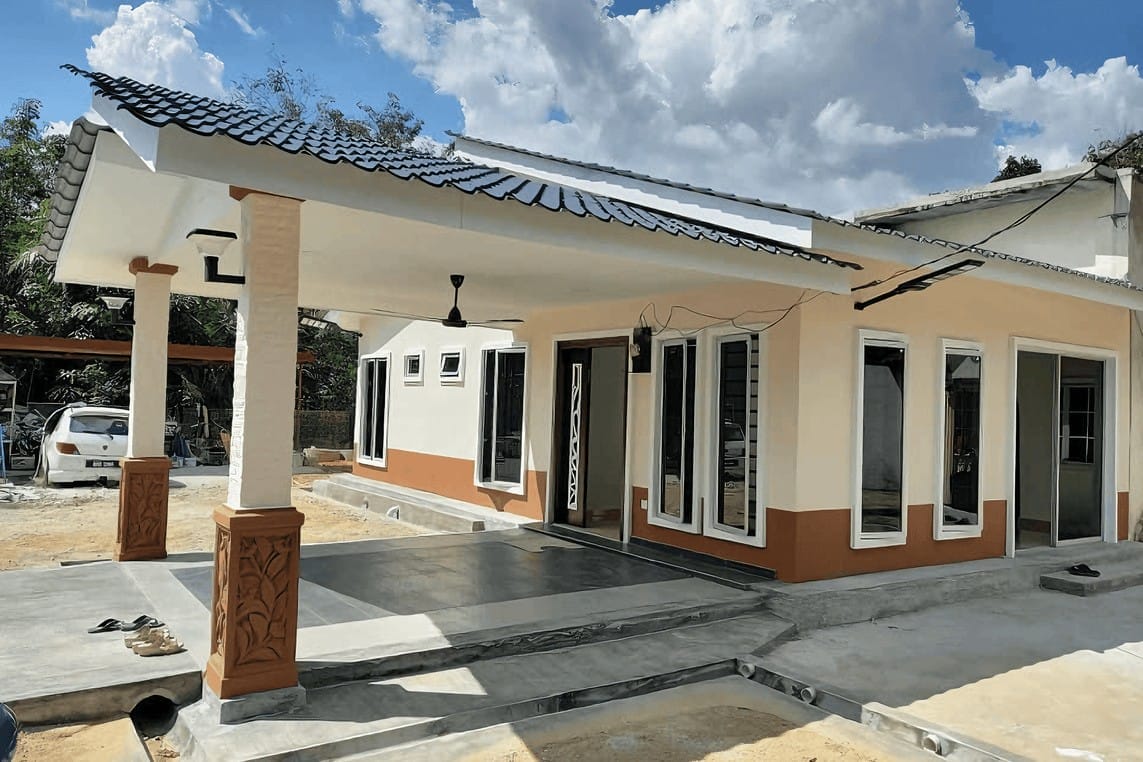
Understanding the Full Scope of Your Project
To kick things off, it’s crucial to grasp the complete picture of your construction project. This means diving deep into its various components, understanding every angle, and evaluating what resources you’ll need. Whether you’re building a cozy home or a sprawling commercial space, comprehending the project’s scope will guide your budgeting process like a trusty compass. You’ll need to think about aspects such as:
- Material Costs: Definitely one of the biggest expenses you’ll encounter.
- Labor Costs: Make sure to factor in both skilled and unskilled labor.
- Permits and Fees: Don’t underestimate the administrative costs involved.
- Contingency Funds: A buffer for those unexpected hiccups along the way.
Once you have a good grip on what your project entails, it’s time to layout everything in a clear manner. Breaking it down into a structured format can provide insights that might otherwise get lost in the chaos of numbers and plans. Consider creating a simple budget table to help visualize your expenses. Here’s how you could set it up:
| Expense Category | Estimated Cost (RM) |
|---|---|
| Materials | 20,000 |
| Labor | 15,000 |
| Permits | 2,000 |
| Contingency | 5,000 |
| Total | 42,000 |
This table not only gives you a quick overview but also helps in making adjustments if required. Having a comprehensive view allows you to allocate funds wisely, minimizing the risk of budget overruns. After all, each project has its own unique quirks and surprises, so being prepared with a flexible budget can save you from finding yourself in a tricky financial situation.
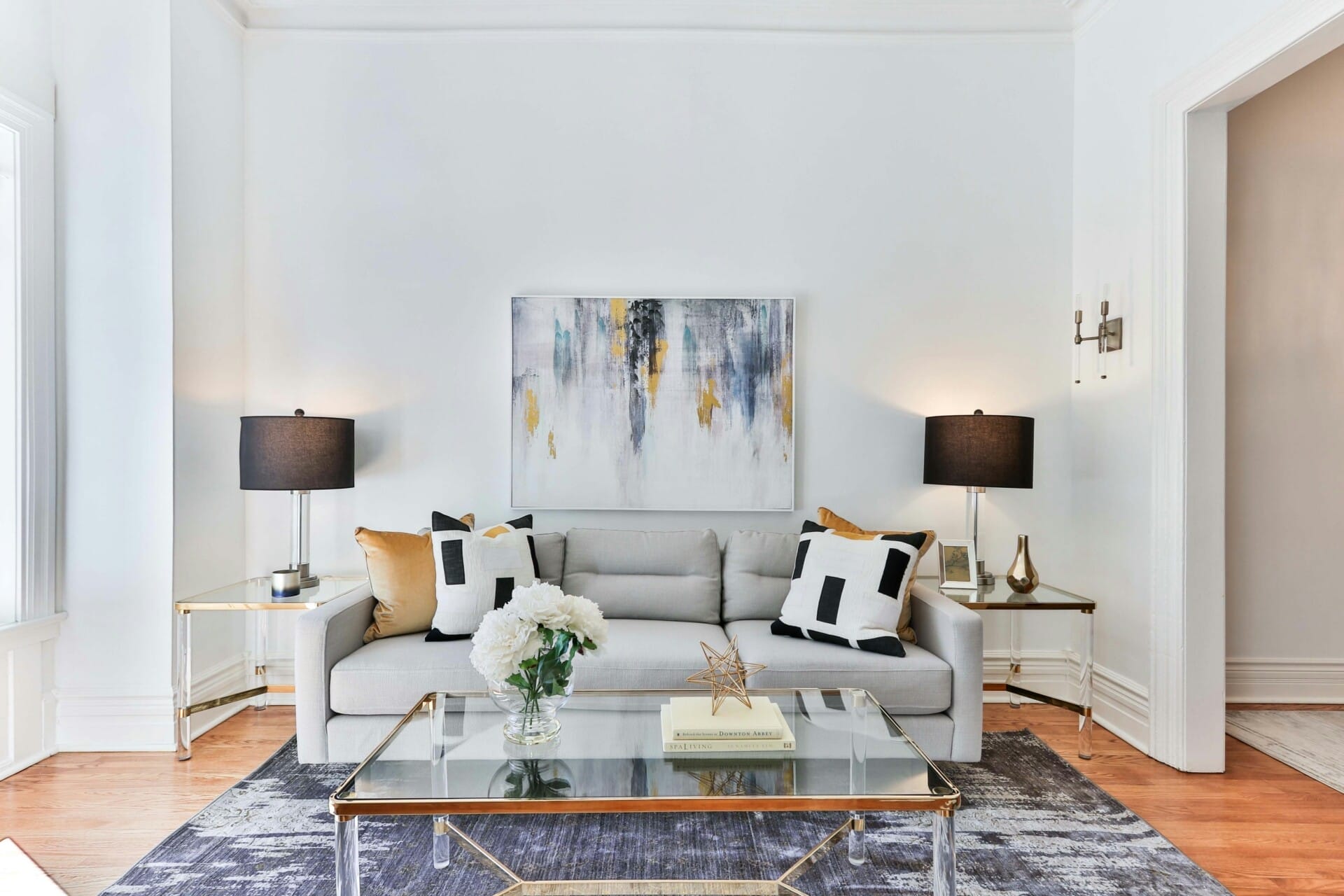
Identifying Key Cost Categories for a Comprehensive Budget
When diving into the world of construction budgeting, it’s essential to break down costs into clear, manageable categories. Doing so not only simplifies tracking but also ensures that every cent is accounted for. Start by focusing on the fixed costs that you must cover regardless of the project’s progress. This includes expenses such as:
- Land Acquisition
- Permits and Licenses
- Site Preparation
Next up on your cost radar are the variable costs, which can fluctuate based on project scope and timeline. Keeping a keen eye on these will help you avoid budget blowouts. Some key variable costs include:
- Materials and Supplies
- Labor Costs
- Equipment Rental
don’t forget to account for contingency funds. It’s always wise to have a little cushion for those unexpected hiccups—because let’s face it, they happen. A general rule of thumb is to set aside about 10-15% of the total budget for this. Here’s a quick peek at how these categories might play out:
| Cost Category | Percentage of Total Budget |
|---|---|
| Fixed Costs | 30% |
| Variable Costs | 55% |
| Contingency Fund | 15% |
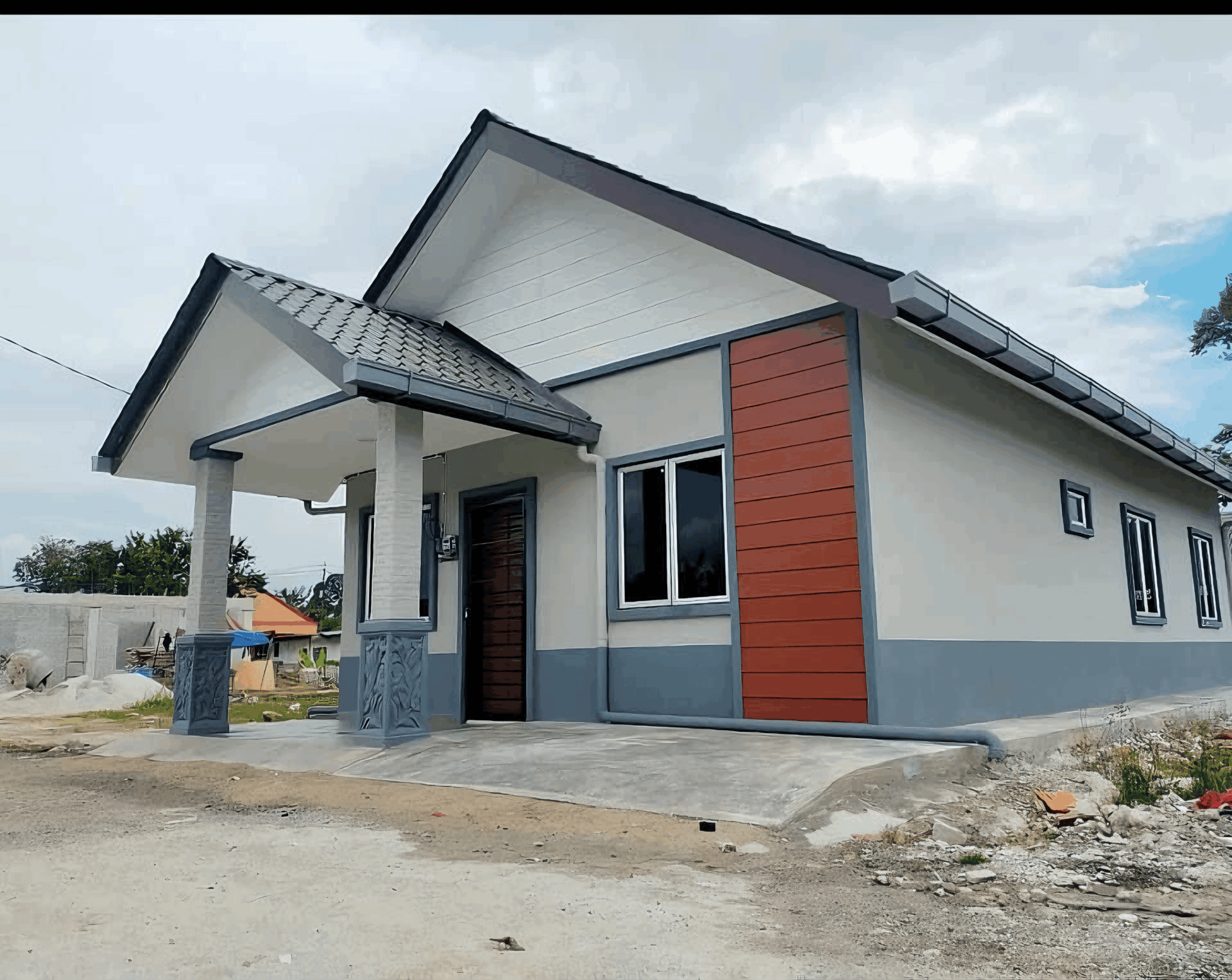
Estimating Labor and Material Costs with Precision
To get a grip on your construction budget, it’s vital to estimate labor and material costs accurately. First, take a close look at your project scope. Each element, from foundation work to the roof, has its own requirement and pricing structure. Make a detailed list of materials, including quantities and specs. Using tools like spreadsheets can simplify this process, letting you adjust figures on the fly. Don’t forget to factor in waste and unexpected price changes. After all, no one likes getting blindsided by a spike in material costs right before a big purchase.
When it comes to labor, it’s essential to understand the local market rates. Research the going rates for skilled and unskilled workers in your area. You might want to consult with contractors or other builders about their experiences, as they can provide valuable insights. It’s also a good practice to create a separate line item in your budget for overtime and additional shifts, in case your project timeline gets tight. An accurate prediction of labor costs will save you from endless headaches, ensuring you can manage cash flow smoothly throughout the project.
Lastly, benchmarking is your best friend. Look at similar projects within your budget and their actual costs. Setting up a simple table can help visualize this:
| Project Type | Estimated Cost (RM) | Actual Cost (RM) |
|---|---|---|
| Residential House | 300,000 | 320,000 |
| Commercial Building | 1,000,000 | 1,200,000 |
| Renovation | 150,000 | 140,000 |
This table can guide your budgeting decisions, highlighting realistic costs and helping you avoid common pitfalls. Remember, the goal is to have a budget that reflects true costs without compromising on quality, so you can walk away with a successful project rather than a headache!

Incorporating Contingencies to Handle the Unexpected
- Create a Contingency Fund: Set aside a specific percentage of your overall budget just for surprises. Ideally, aiming for 10-20% of your total budget can cushion you against unforeseen expenses. This reserve should be treated as non-negotiable, so when that unexpected plumbing issue arises or a sudden price hike on materials hits, you’ll be ready to go.
- Plan for Common Surprises: Familiarize yourself with typical hiccups that might come your way during construction. Think about things like:
- Weather-related delays
- Supply chain issues
- Changes in local regulations
- Unanticipated site conditions
Having these in mind means you’ll be less shocked—and better prepared—when something goes sideways.
- Document Everything: Keep a detailed log of all your expenses and any adjustments to the plan. This practice will not only help in managing your budget but will also ensure you can pinpoint where funds have been allocated and makes it easier to justify any changes to your budget. Here’s a quick view of how your logging can look:
| Date | Item | Estimated Cost | Actual Cost | Status |
|---|---|---|---|---|
| 01/01/2023 | Concrete | RM5000 | RM5500 | Over Budget |
| 02/01/2023 | Labor | RM3000 | RM3000 | On Budget |
| 03/01/2023 | Plumbing Supplies | RM2000 | RM2200 | Over Budget |
Minding these aspects not only helps you stay in control but also gives you the confidence to make decisions, knowing you’ve got a cushion in place. Be proactive, embrace the unexpected, and transform potential setbacks into manageable bumps along your construction journey. After all, the key to a successful budget is not just in the numbers but also in your ability to adapt and keep moving forward, no matter what comes your way!
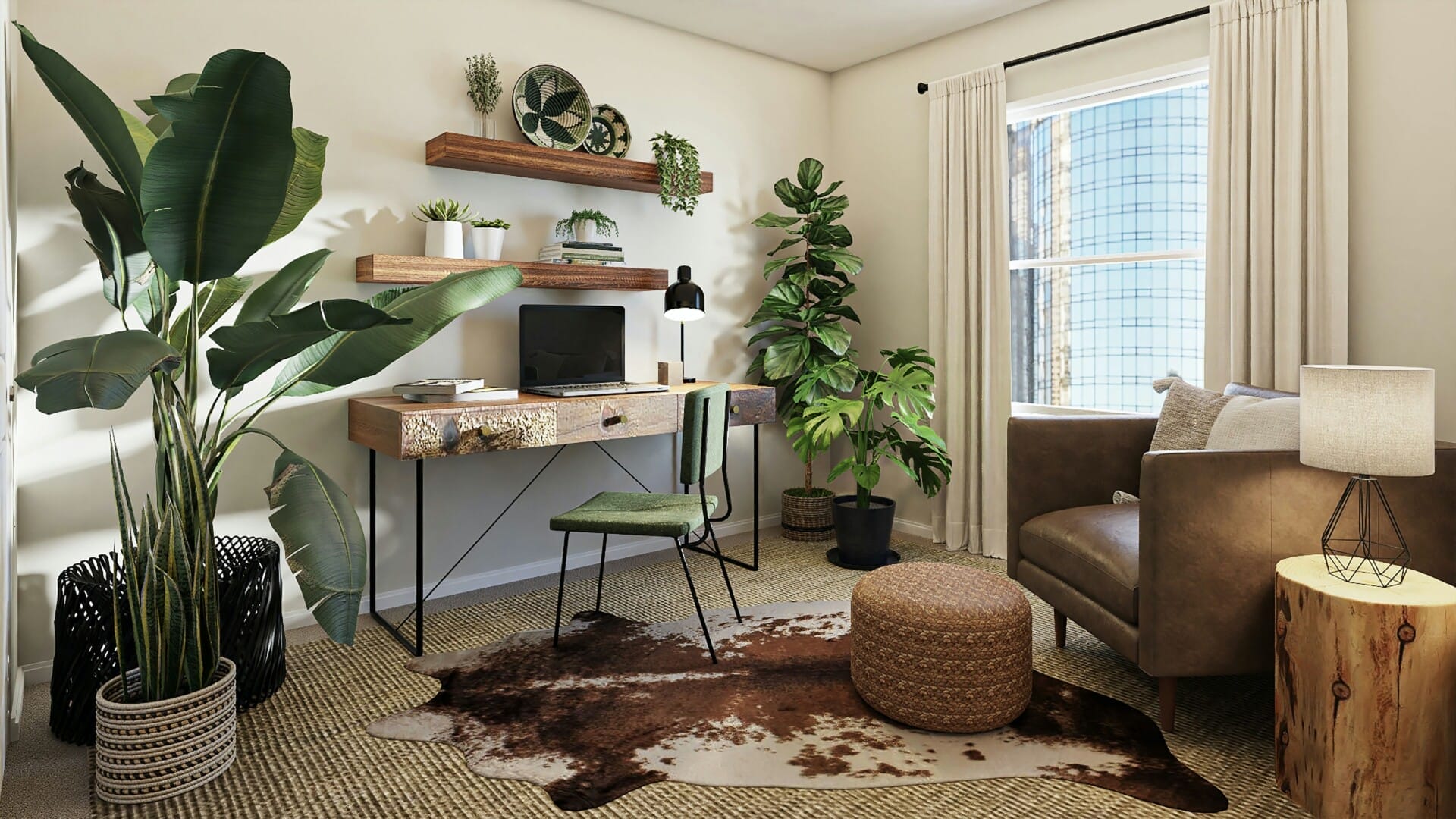
In the digital age, managing your construction budget can be a walk in the park, thanks to various technological tools at your disposal. Software like Microsoft Excel or Google Sheets offer more than just spreadsheets; they provide the ability to create dynamic budgets that can be easily updated in real-time. You can incorporate formulas to automatically calculate costs, keep track of variations, and even forecast future expenses. Imagine pulling up your budget on your phone, making adjustments on the go, and having everything linked so it all syncs seamlessly!
But let’s not forget specialized budget management software designed specifically for construction projects. Tools like Procore or CoConstruct can centralize everything from budgets to schedules and communications in one handy place. These platforms often include features such as:
- Cost tracking: Monitor expenses in real-time.
- Document management: Keep contracts and invoices at your fingertips.
- Collaboration tools: Share updates with your team to avoid miscommunication.
In addition to software, there’s a myriad of apps that can further simplify your budget management process. For instance, consider using a basic expense tracking app to log every purchase made for the project. You could even set up a simple HTML table to visualize your spending patterns. Here’s an example of what that could look like:
| Item | Cost (RM) | Date Purchased |
|---|---|---|
| Cement | 500 | 2023-10-01 |
| Bricks | 300 | 2023-10-03 |
| Labor | 700 | 2023-10-05 |
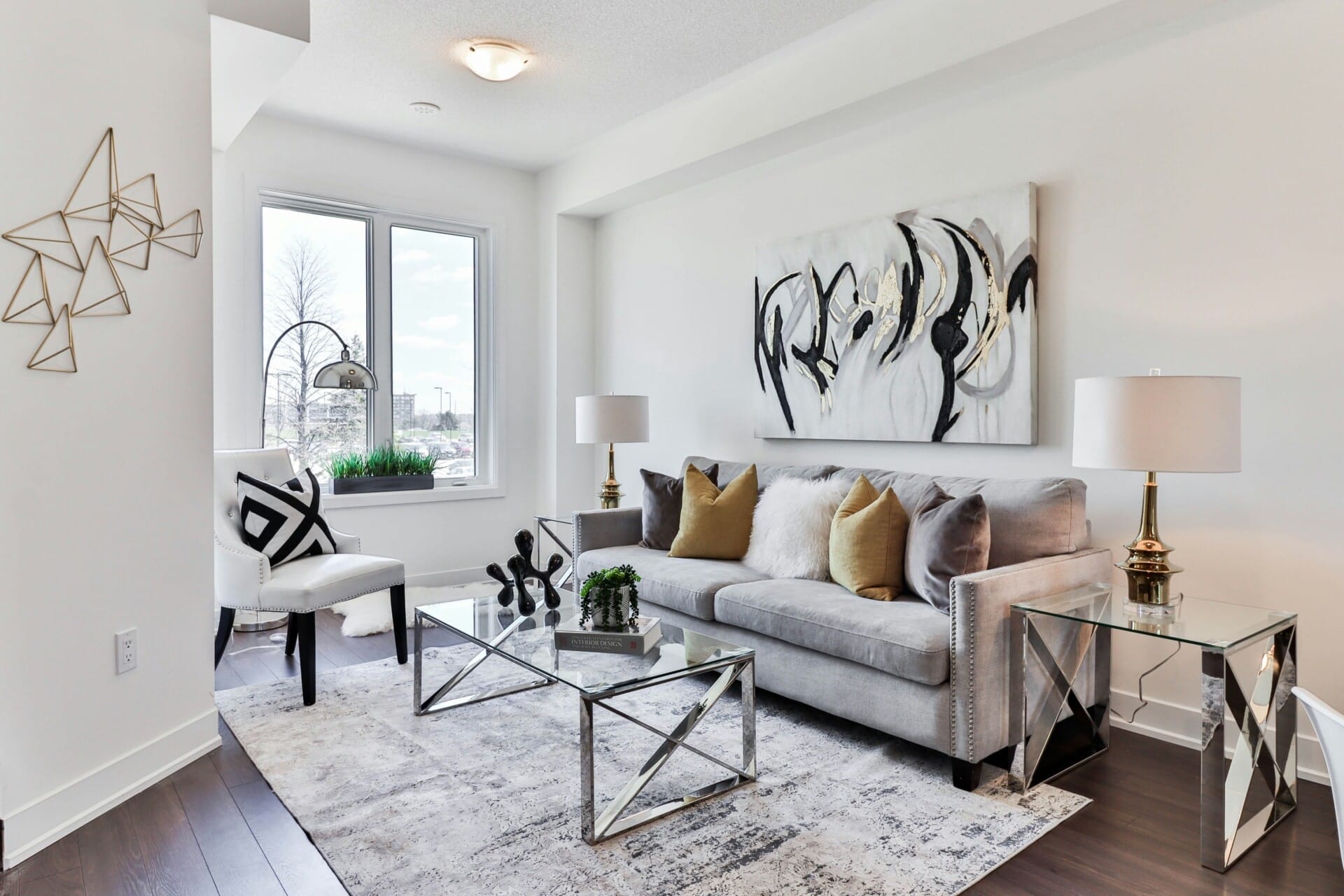
Tracking Expenses and Adjusting Your Budget in Real Time
Staying on top of your construction expenses means keeping a close watch on your budget as the project unfolds. One of the best ways to do this is by using tracking tools that allow you to input expenses in real time. You might consider mobile apps or simple spreadsheets—whichever feels less of a chore for you. Set aside a few minutes at the end of each day to record your spending; trust us, future you will thank you later when there are no surprise bills lurking around the corner.
Don’t forget to regularly compare your actual expenses with the planned budget. This helps you identify any discrepancies early on. If you notice that you’re overspending in specific areas, it’s time to act. You could look at your list of project categories and think about adjusting some of your allocations, or even cutting back on non-essentials. For instance, if the materials budget is stretching too thin, you could explore alternative suppliers or options less costly without compromising quality.
Here’s a nifty little table to keep you organized on what to track:
| Expense Category | Budgeted Amount | Actual Amount | Difference |
|---|---|---|---|
| Materials | RM 10,000 | RM 8,500 | + RM 1,500 |
| Labor | RM 15,000 | RM 17,000 | – RM 2,000 |
| Permits | RM 2,000 | RM 1,800 | + RM 200 |
Using this tracking method consistently allows you to take control, providing insights that help you strategize moving forward. Remember, the key is flexibility; your budget shouldn’t be set in stone. Regular adjustments based on real-time spending will not only alleviate stress but also ensure your construction project stays on track and within your financial means.
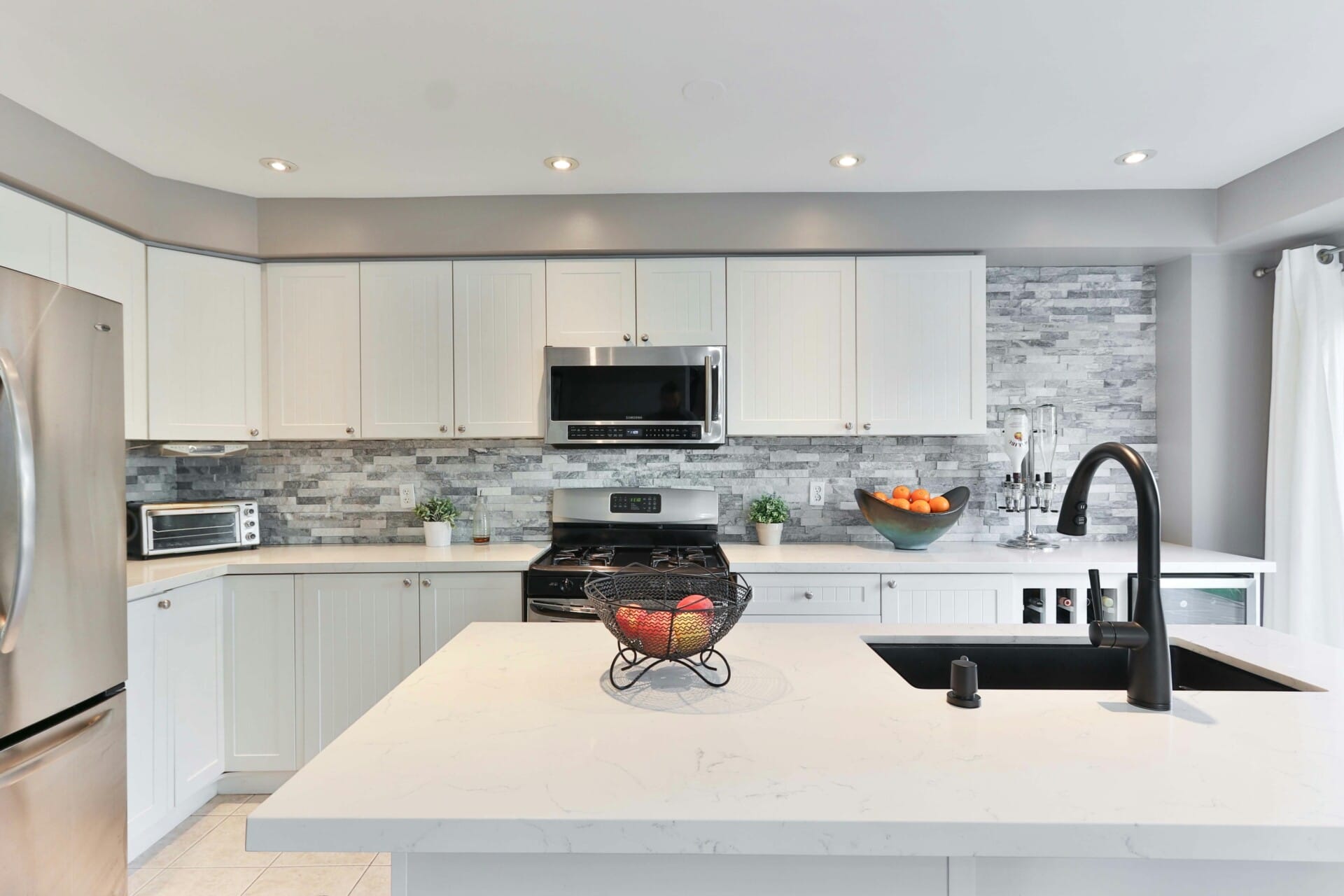
Engaging Stakeholders and Getting Buy-In for Your Financial Plan
Engaging stakeholders in your financial plan is like assembling the dream team for a blockbuster film. You want everyone to be on board, from project managers to clients. Start by identifying your key players and understanding their interests. This helps in tailoring your communication and making them feel valued in the decision-making process. Whether it’s through meetings, presentations, or informal chats, keep the conversation flowing; regular updates ensure that everyone feels included and invested in the project.
Next, it’s all about transparency. Share your financial plan openly—this builds trust. Utilize creative visual aids like charts and infographics to present complex information in a digestible way. Keep everyone in the loop by creating interactive sessions where stakeholders can voice their concerns and suggestions. This kind of feedback loop not only enriches your budget but also makes stakeholders feel like they have a piece of the pie. Here’s a quick glance at an interactive feedback table you might use:
| Stakeholder | Key Concern | Suggested Solution |
|---|---|---|
| Project Manager | Budget Overruns | Regular Cost Tracking |
| Client | Quality of Materials | Swatch Approvals |
| Contractor | Timeline Constraints | Flexible Scheduling |
Lastly, celebrate small wins to keep spirits high. When stakeholders see the fruits of their input reflected in the budget, it forges stronger connections and cultivates a sense of ownership. Highlight achievements, like cost savings or efficient resource allocation, in your updates. It’s like throwing a mini-party for your budget—everyone loves to celebrate progress. By making stakeholders feel acknowledged and appreciated, you not only gather buy-in but also create a positive environment that fosters collaboration for future projects.

Reviewing and Revising Your Budget for Future Projects
Once you’ve sailed through the storm of your current project, it’s time to glance in the rearview mirror. Evaluating how your budget held up is crucial for upcoming ventures. You don’t just want to know where the money went but also why it did. Ask yourself:
- Did I underestimate certain costs?
- Were there unexpected expenses?
- How well did I stick to my budget?
Understanding these elements will help you refine your approach, ensuring that next time, your financial plans are as solid as your construction beams.
Now, let’s talk adjustments. If your previous budget had major hiccups, don’t shy away from *realigning* your future plans. You can create a better foundation by incorporating lessons learned. Create a revised budget table that accounts for potential pitfalls:
| Expense Category | Previous Estimate | Revised Estimate |
|---|---|---|
| Materials | RM 50,000 | RM 55,000 |
| Labor | RM 30,000 | RM 32,000 |
| Permits & Fees | RM 5,000 | RM 7,000 |
This table will serve as your *budget blueprint* moving forward. Make sure you consider current market trends and unforeseen shifts that could impact your next budget cycle.
don’t forget to incorporate a buffer zone. Life is unpredictable, and the construction world is no different. A small percentage of your budget should be reserved for those pesky surprises that always seem to pop up. As a rule of thumb, aim for:
- 10% for minor adjustments
- 15-20% for major emergencies
By incorporating these buffers, you’ll ensure that when the next project rolls around, you’ll be equipped to handle anything that comes your way without having to find yourself feeling overwhelmed.
Concluding Remarks
As we wrap up our journey on creating a construction budget that won’t have you reaching for the tissues, remember that every successful project starts with a solid plan. By keeping track of your costs, anticipating unexpected surprises, and allowing a little wiggle room, you can build not just structures, but a solid financial foundation too.
So, when you gear up for your next construction venture, take a moment to reflect on these tips. Trust us, you’ll be glad you did! Instead of pacing around in worry, you’ll be enjoying that celebratory drink when the project wraps up under budget and on time. Now, go ahead and make that dream build a reality—without the stress! Happy budgeting, and may your construction journey be smooth and successful!







